My time in Ecuador: Navigating the new and the unknown
Personal reflections on the differences and similarities I encountered while living in Ecuador
This email is probably too long to read directly from your inbox. If you click on "View entire message" or “Read in App”, you'll be able to view the entire post in your email app.
Last summer, I spent four months in South America, including three months in Ecuador, where my fiancée, Fernanda, is from. It was my first time in both South America and Ecuador, making it a special opportunity to connect with her family, explore the country, and experience its traditions and stunning landscapes.
Beyond the beauty of the places I visited, it was fascinating to observe the differences and similarities between Ecuador and Europe, from daily habits to ways of thinking and living. Now that time has passed and after long reflection, I want to share some thoughts on my journey and the experiences that left a lasting impression.
These observations are based on my personal experiences and impressions while traveling and living in Ecuador. They are not absolute facts but rather reflections on the cultural differences I noticed as a European. Every traveler’s experience may vary, and what might feel surprising to one person could feel completely normal to another. My goal is simply to share what stood out to me and offer a glimpse into the richness and uniqueness of Ecuadorian culture.
One of the first things that surprised me was how people drive in Peru and then Ecuador. I still remember the taxi ride from Cusco to Pisac, with zero respect for the rules, no speed limits, and dangerous overtakings.
In Ecuador, traffic rules are more flexible, and pedestrians don’t always have the right of way, meaning crossing the street often requires confidence and quick reflexes. I immediately realized this when I started running in the city and risked being run over by cars. Drivers frequently honk instead of using turn signals, and overtaking on mountain roads or in city traffic can be quite aggressive.
Public transport, especially buses, operates on its own rhythm. Buses stop anywhere, even in the middle of the road, to pick up or drop off passengers. Inside, the ride is rarely quiet; loud music from reggaeton to traditional cumbia fills the space, and street vendors hop on at stops, selling everything from snacks to phone chargers.
Another aspect that I noticed from the beginning is the perception of time. Buses don’t always adhere to strict timetables, and appointments or meetings may start later than expected. Punctuality is more flexible, especially in social settings. If a gathering is set for 7:00 PM, it’s not uncommon for people to arrive 30 minutes to an hour later. This relaxed approach extends to many aspects of daily life, where schedules are more of a guideline than a fixed rule. In Italy is not much different from that, so for me, it wasn’t a problem or a cultural shock. I can say that I appreciate the slower, less stressful rhythm of life, where time is seen as fluid rather than rigid.
One of the most striking aspects of Ecuadorian culture I experienced is the warmth and friendliness of its people. Ecuadorians are generally very welcoming, helpful, and curious about foreigners. It’s common for strangers to start conversations, ask where you’re from, or even invite you for a meal without expecting anything in return. This strong sense of community is especially noticeable in smaller towns, where people know each other, and shop owners remember their customers.
Social interactions are also more direct compared to many European cultures. People might ask personal questions early on, such as “Are you married?” or “Where do you live?”, which might feel intrusive at first but are simply a way to connect and show curiosity. Physical touch is another common part of interactions, greetings often include a kiss on the cheek for women, handshakes for formal settings, and even hugs for close friends. As an Italian, this didn’t surprise me much, but for me, it was strange to greet family members hugging multiple times a day, and I liked it.
Family is at the heart of Ecuadorian society, playing a central role in daily life. Strong family ties extend beyond the immediate household, with grandparents, aunts, uncles, and cousins maintaining close relationships and often living nearby. It’s common for young adults to stay with their families until they marry, and major decisions are often made with the input of relatives.
Gatherings, celebrations, and even casual weekends revolve around family time, with shared meals being an important tradition. Whether in times of joy or difficulty, family is a primary source of support, reinforcing the deep sense of community that defines Ecuadorian culture.
Shopping in Ecuador is a very different experience compared to Europe, where online shopping and next-day deliveries are the norm. Buying online is not very common, and platforms like Amazon don’t operate in the country. Instead, most purchases are made in physical stores or markets, meaning you often have to adapt to what’s available rather than expecting to find exactly what you want at any time. For example, I left my headphones in Cusco, at least they were old and half destroyed, and once in Ecuador, to buy new ones I had to see what stores had. In Europe, I would have to check on the internet for the best ones for my budget and needs and then buy them in an online store. Maybe add power bank?
A significant part of the economy is informal, with street vendors selling goods everywhere, on sidewalks, buses, and even at traffic lights. It’s common to be approached by people selling snacks, phone accessories, or offering services like shoe shining. This vibrant street economy creates a dynamic and lively shopping experience, though it might feel chaotic at first.
Let’s talk about food, eating in Ecuador is a delicious and unique experience, with flavours that reflect the country’s diverse geography and culture. Lunch is the most important meal of the day, typically consisting of a hearty soup, a main dish with rice, meat, and vegetables, and sometimes a small dessert or juice. In contrast, dinner is much lighter, often just a snack or a simple meal.
A thing that I am not used to, and it is difficult for me to adapt to, is starting meals with soup, and eating soups almost every day, even in warm weather. A dish that could be a cultural shock is “cuy” (guinea pig), a traditional Andean dish that is considered a delicacy.
Ecuador is also a paradise if you like fruit. Fresh tropical fruits like mango, maracuyá (passion fruit), guanábana (soursop), and taxo are not only delicious but also incredibly cheap. Juices made from these fruits are a staple and are sold everywhere at very low prices.
Ecuador is going through a difficult period, where some areas, like the coast, are not recommended to visit, especially as a foreigner, while others, like the mountains, in general, feel safer. Like everywhere in South America, the perception of security can feel quite different from what Europeans are used to. In cities, it’s common to see security guards in stores, banks, and even residential buildings, as well as houses protected by barbed wire, high walls, or electric fences. These precautions don’t necessarily mean danger is imminent, but they reflect a different approach to safety.
Fernanda often gave me warnings about carrying valuables in public, especially in crowded areas or on public transport. I tried to be cautious with my phone, bags, and wallet to avoid pickpocketing. While this heightened awareness might seem unsettling at first, I adapted quickly by following Fernanda’s advice and taking simple precautions. In general, I can say I felt safe visiting Ecuador. I didn’t see or experience anything dangerous, so I think that if you are prepared and aware, you won’t have problems visiting this country.
One of the most fascinating things about Ecuador is its indigenous heritage, with traditions that remain vibrant across the Andes, Amazon, and coastal regions.
Ecuador’s culture is a rich blend of indigenous traditions and Spanish colonial influences, creating a unique and diverse heritage. Indigenous communities, such as the Kichwa, Shuar, and Otavalo peoples, have preserved their languages, customs, and ancestral knowledge, which are deeply rooted in daily life, from agriculture and textiles to music and spirituality.
At the same time, Spanish colonization introduced Catholicism, European architecture, and new social structures, which merged with indigenous beliefs and practices. This fusion is evident in festivals like Inti Raymi (the Incan Sun Festival), which now incorporates Catholic elements, or in traditional clothing, where Spanish-inspired embroidery enhances indigenous designs.
I visited mainly the Andean part of the country, and I can say that its climate is highly unpredictable. You can experience all four seasons in one day, with intense sun at midday, chilly evenings, and sudden rain showers. I enjoyed this climate, the temperatures are quite constant during the year, it is like living in a constant spring.
Beyond the mountains, Ecuador’s landscapes are incredibly diverse. Despite its small size, the country offers jungles, towering volcanoes, beautiful beaches, and the world-famous Galápagos Islands. The Andes region is home to stunning peaks like Cotopaxi and Chimborazo, where breathtaking views make the altitude challenge worthwhile. In the Amazon, visitors can immerse themselves in dense rainforests, encounter unique wildlife, and learn from indigenous cultures. The coastal region, with its relaxed beach towns and fresh seafood, provides a completely different atmosphere from the highlands and jungle.
Ecuador is also one of the most biodiverse countries in the world. It’s common to see hummingbirds fluttering in gardens, llamas wandering in the highlands, and monkeys swinging through the jungle. Off the coast, you can even spot whales during migration season. The Galápagos Islands, with their famous blue-footed boobies, giant tortoises, and crystal-clear waters, offer a once-in-a-lifetime experience for nature lovers. I didn’t visit the Islands, but next time I will do it for sure. If you want to read about it, check Substack; she was there for a month and wrote several articles about her experience.
I am a flexible and adaptable person, and for me wasn’t very difficult to adapt to the local culture. I found that there are many things in common with Italian culture, and probably for that it was easy. I had a great experience, I liked my Ecuadorian family and I can’t wait to go back, still many things to see and learn.
See you soon,
Flavio

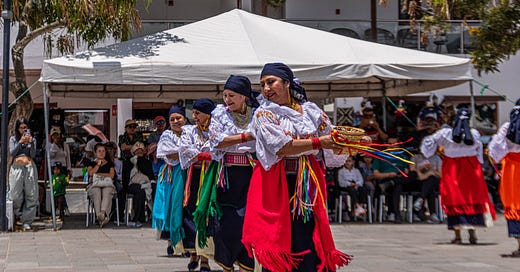


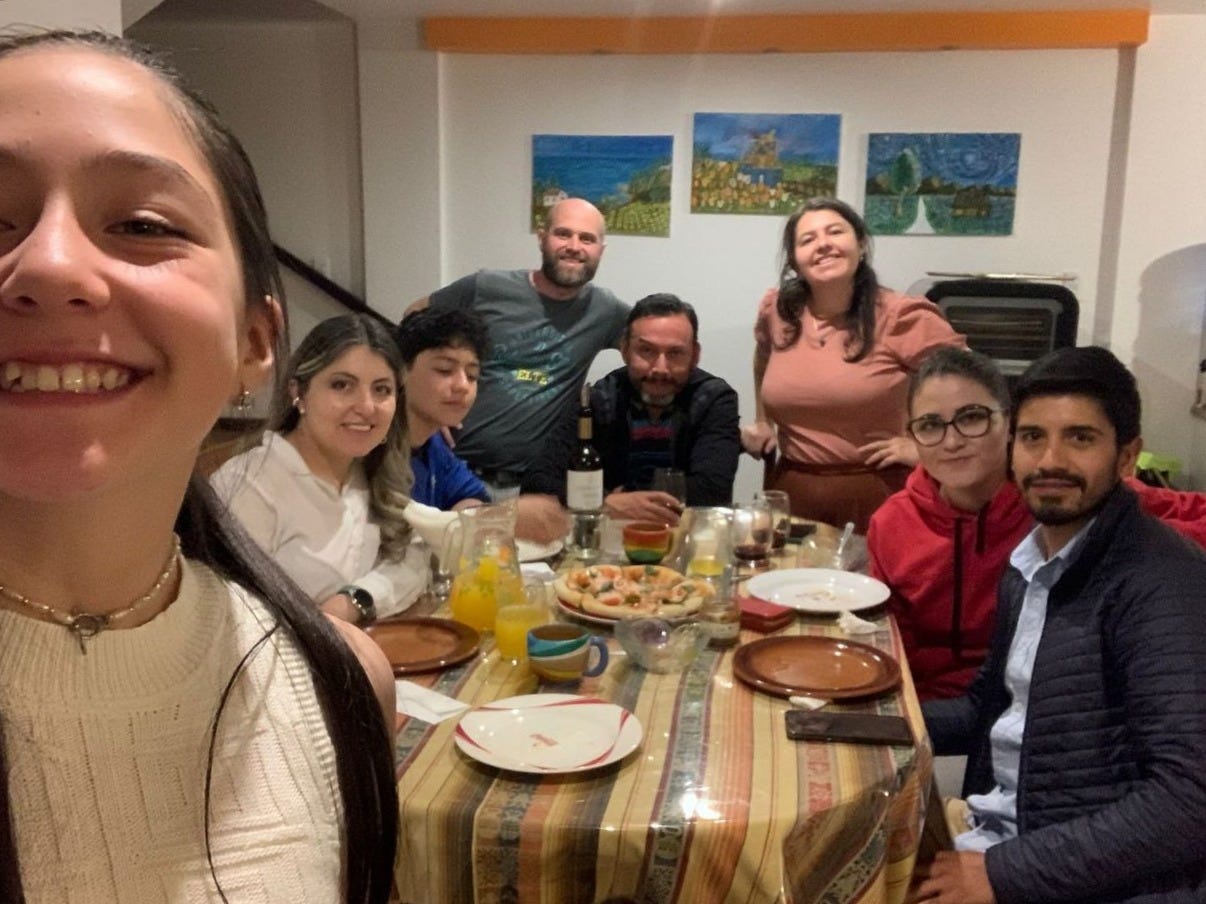

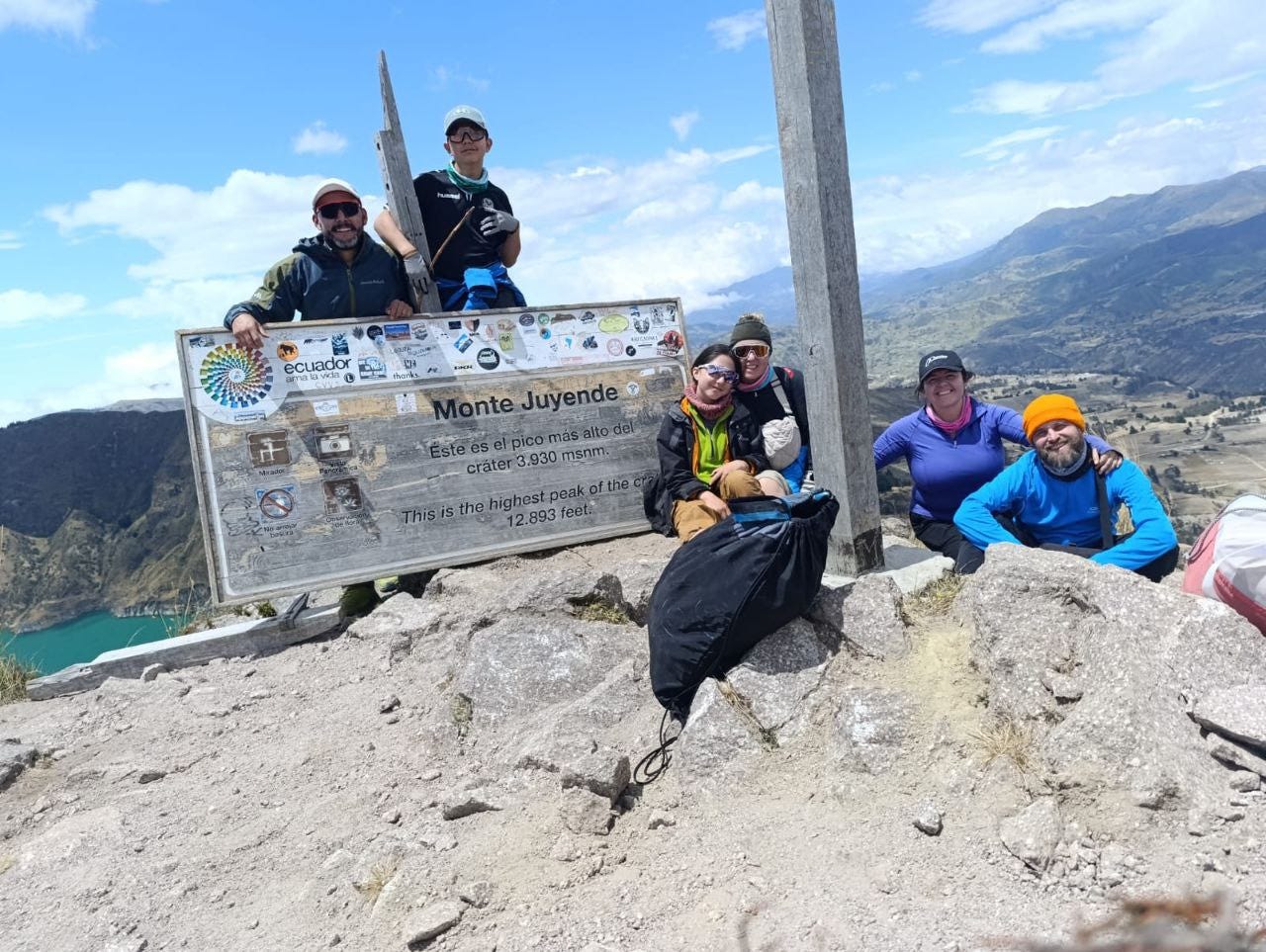


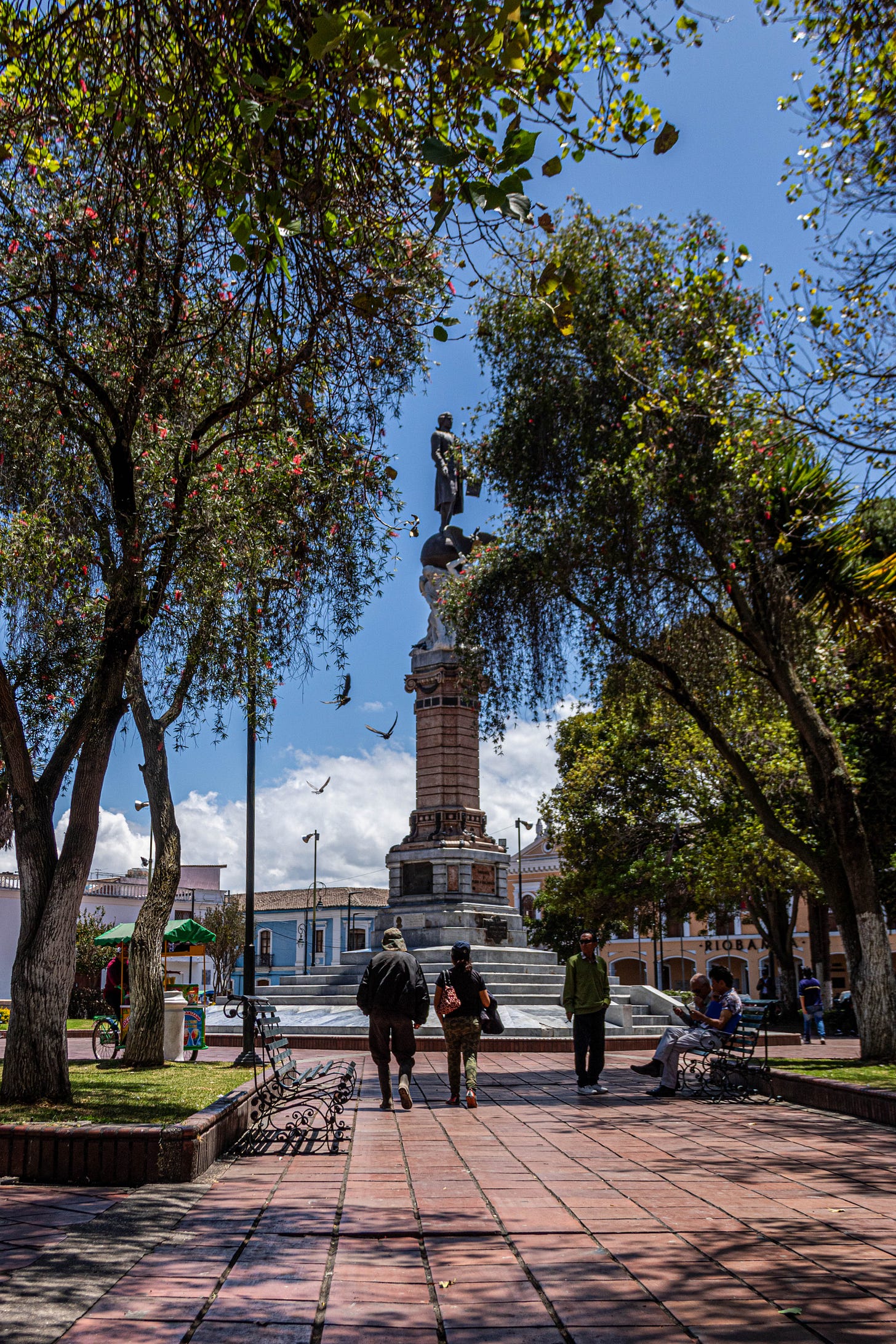


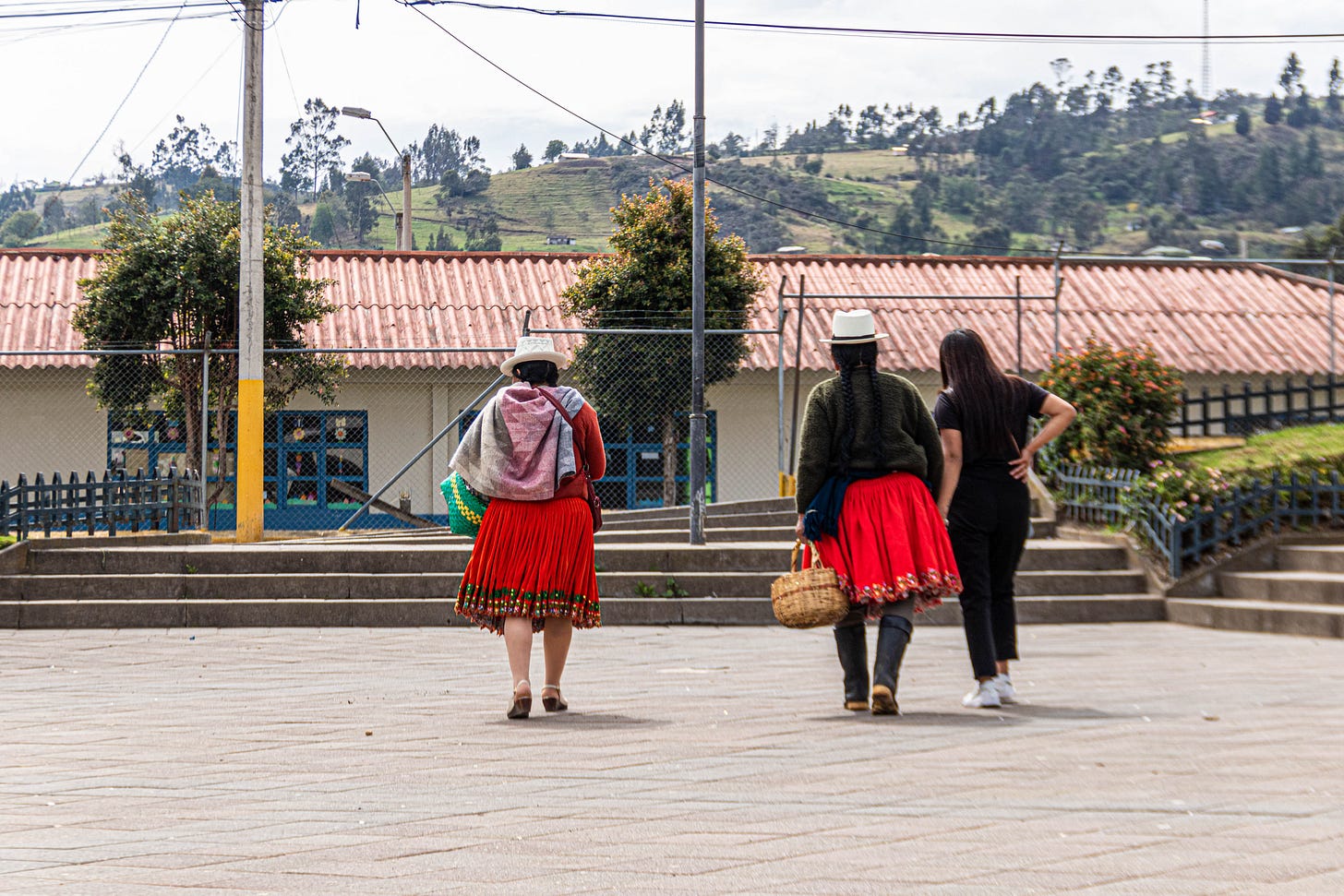
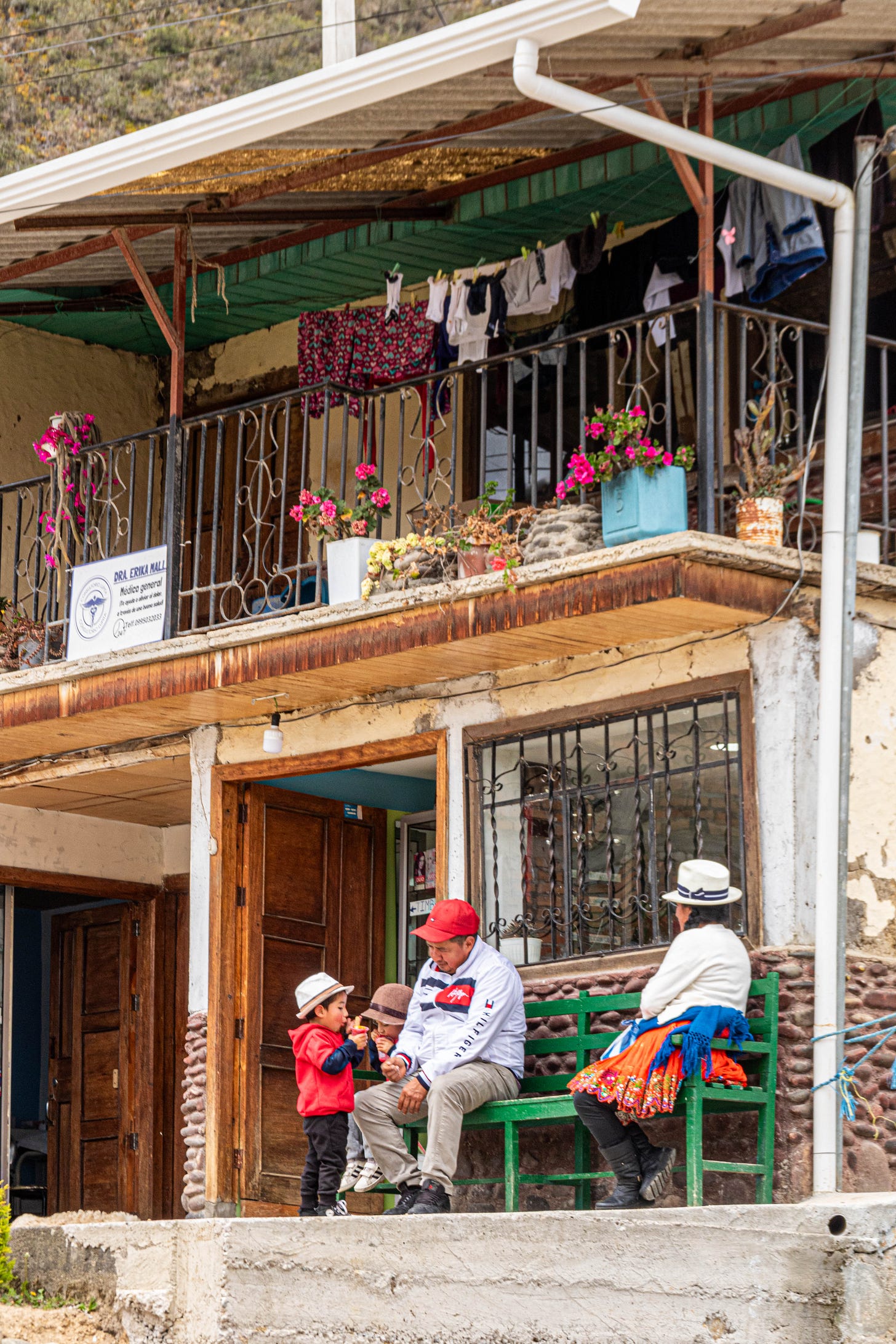

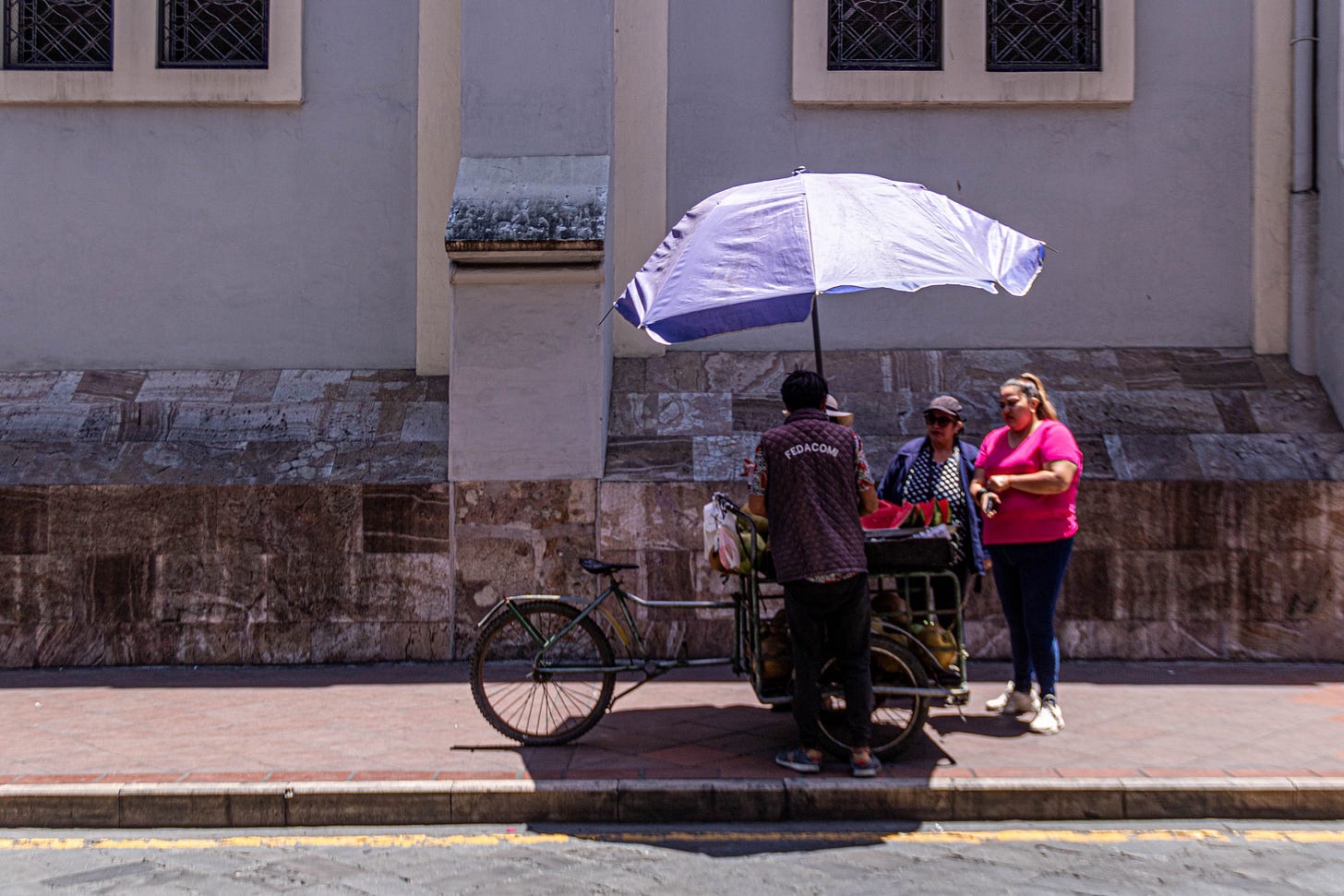
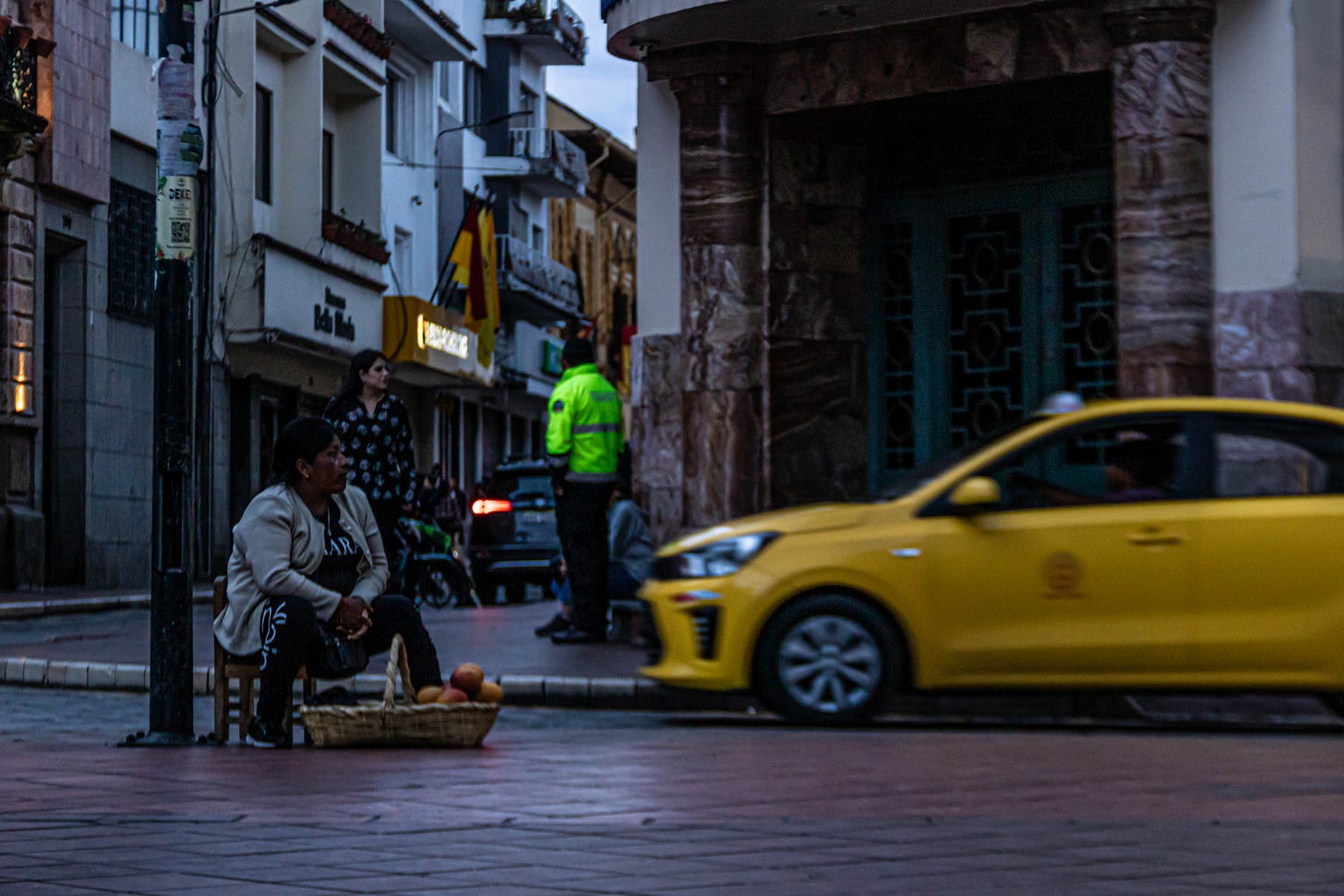

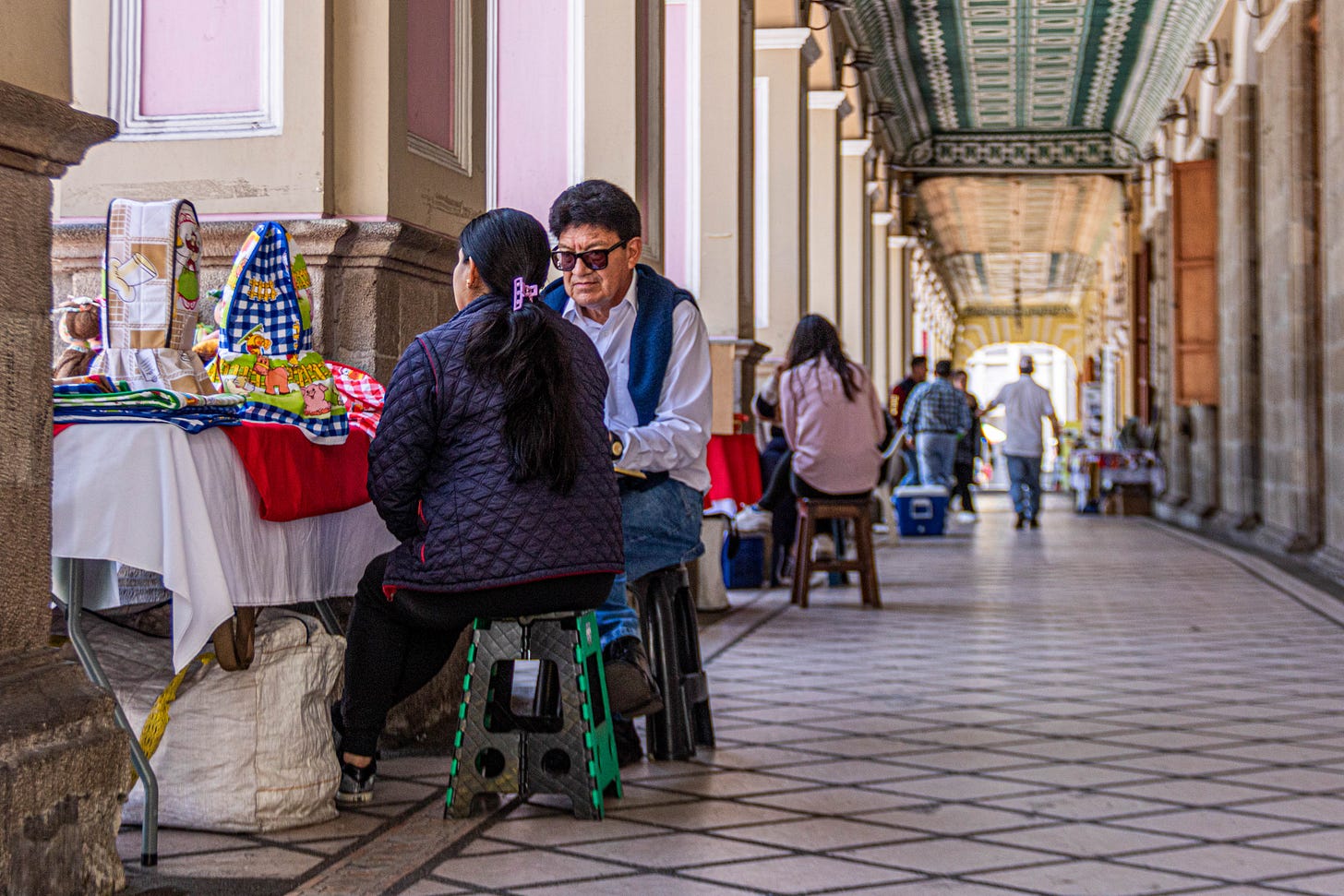

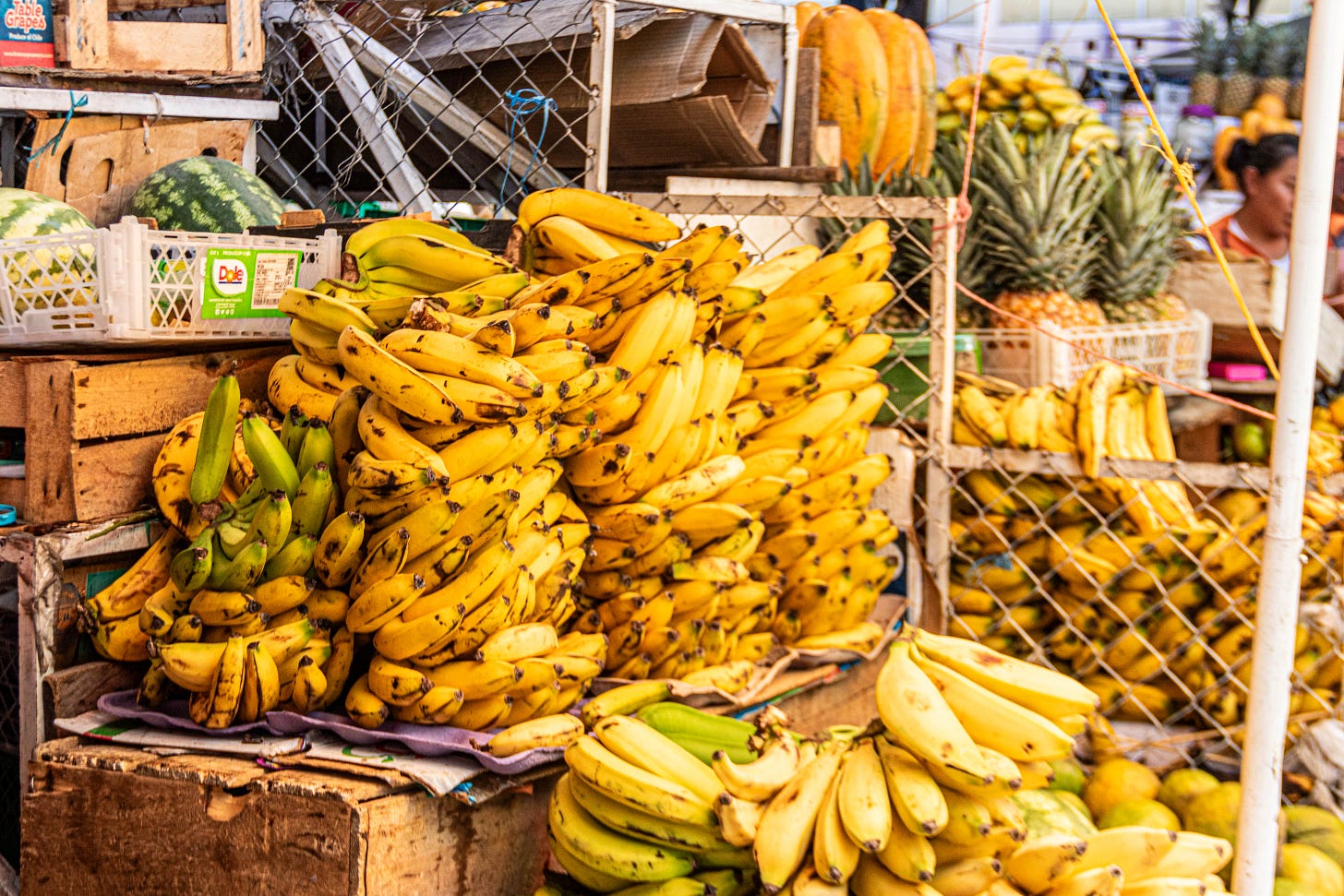







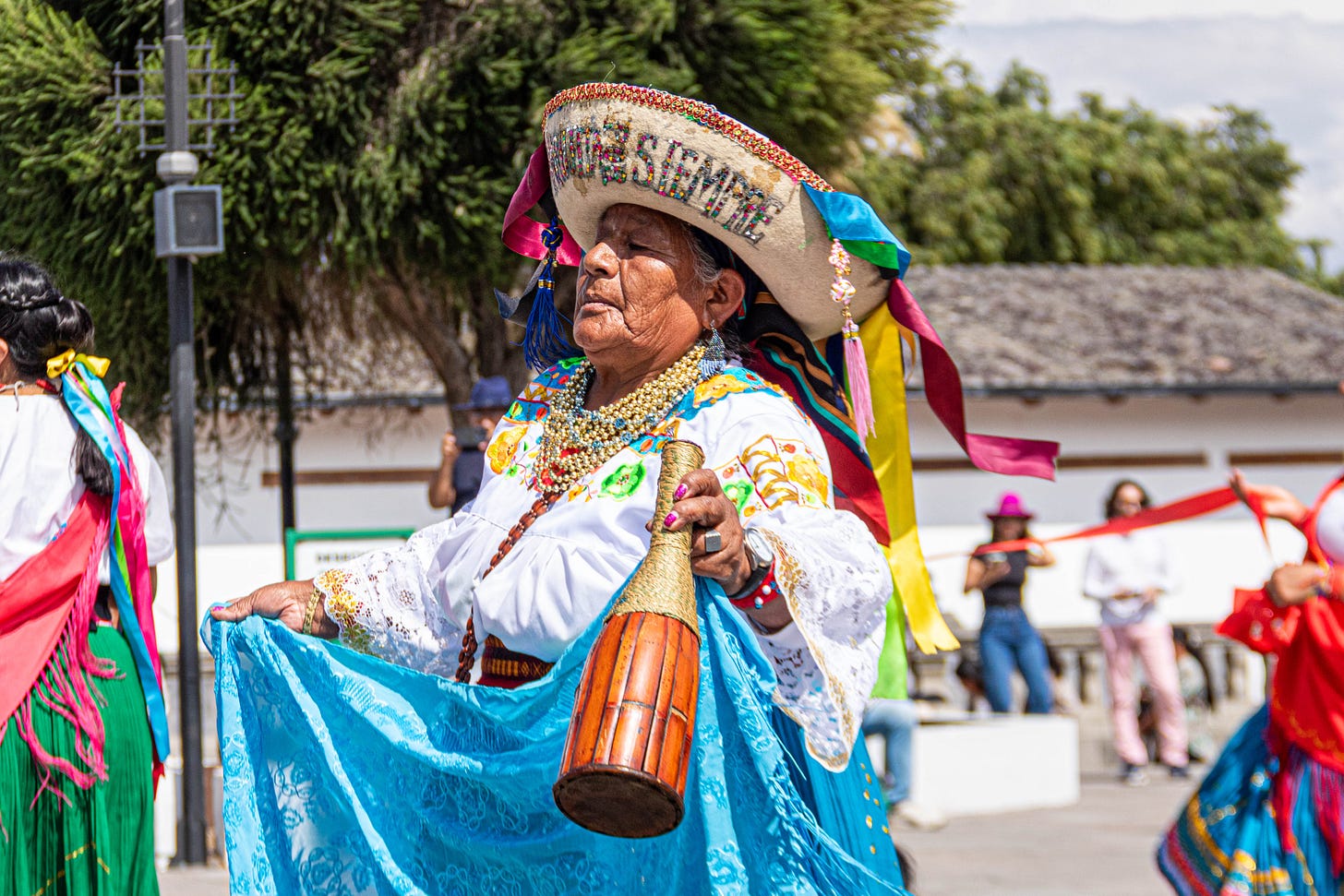
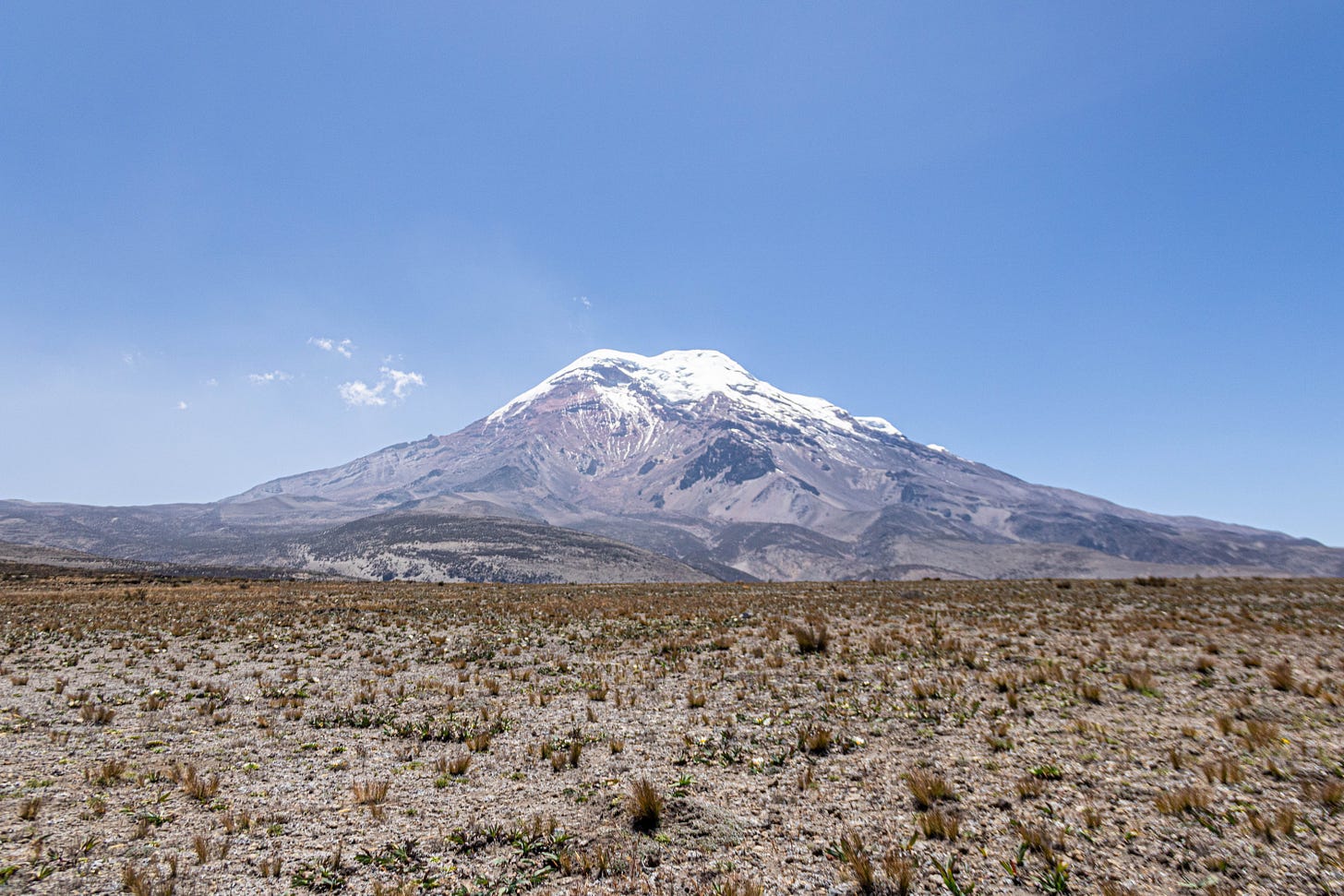
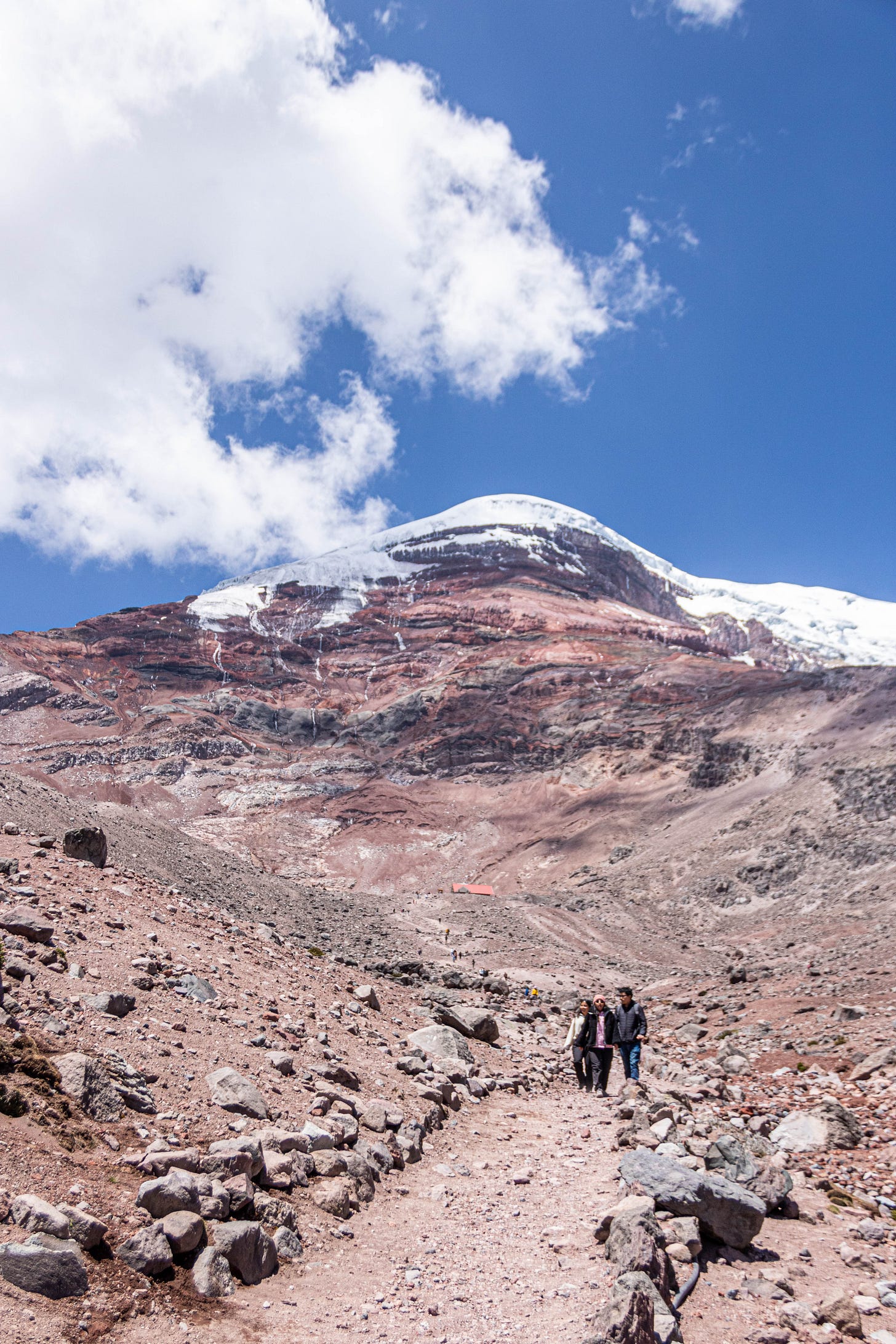

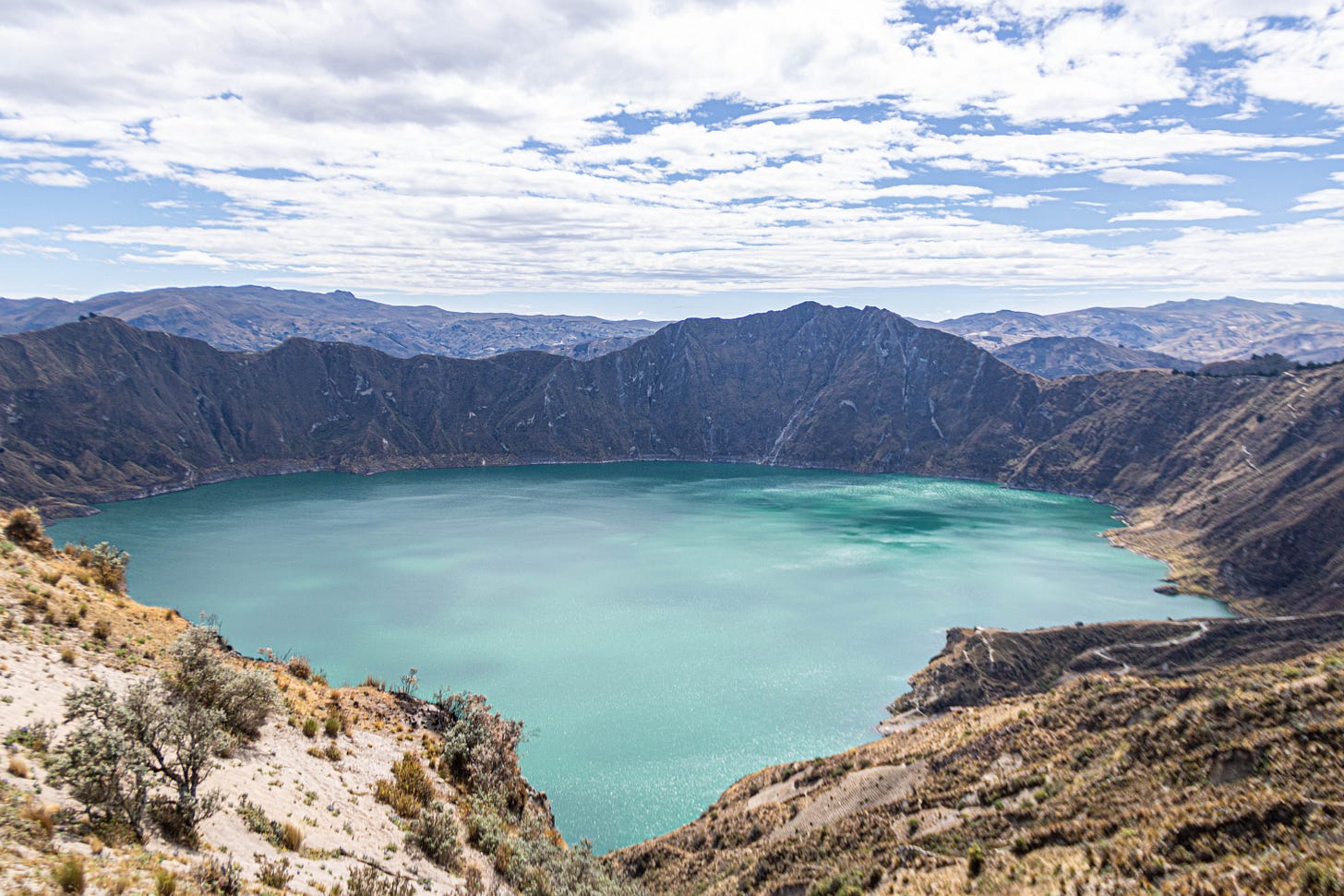
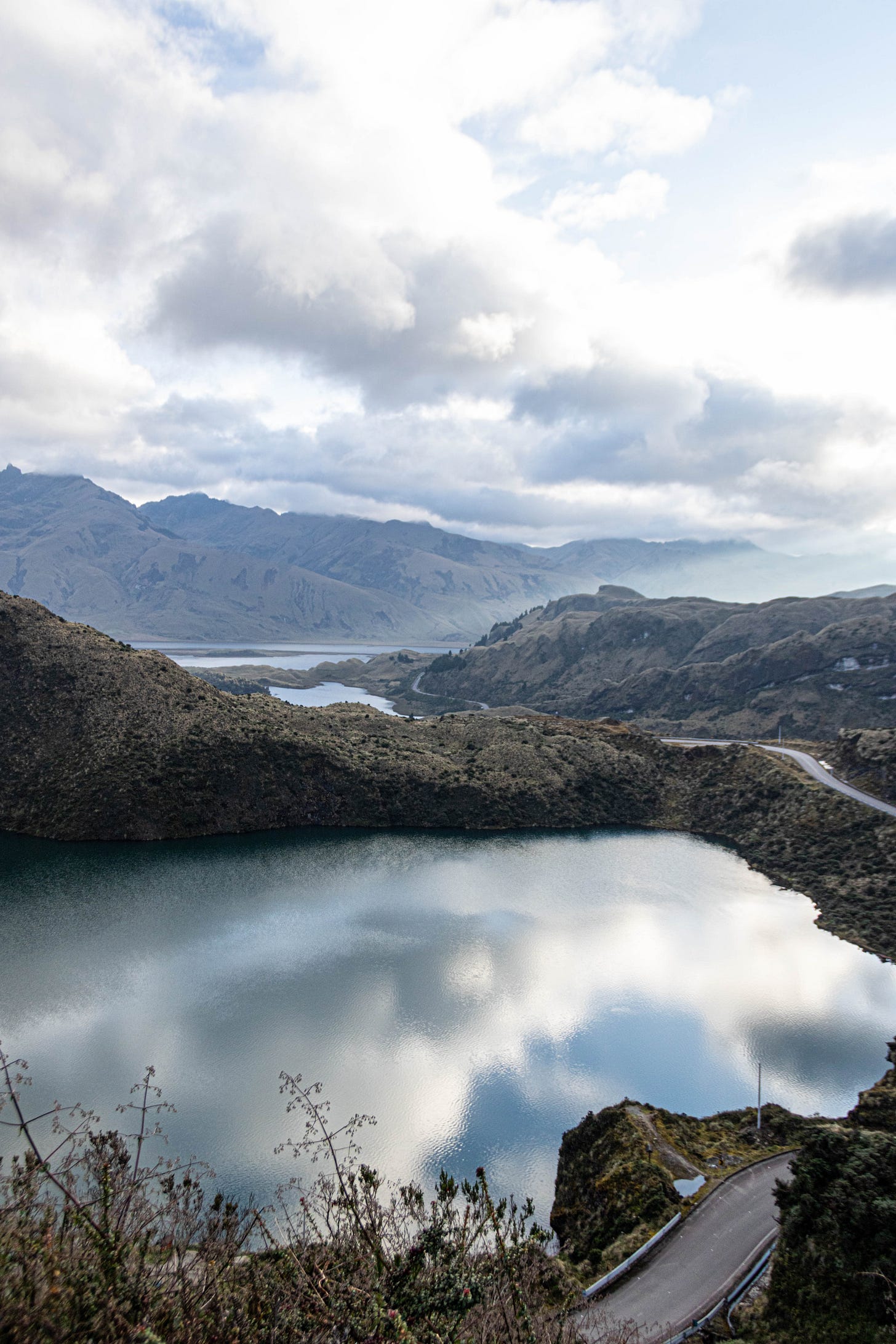

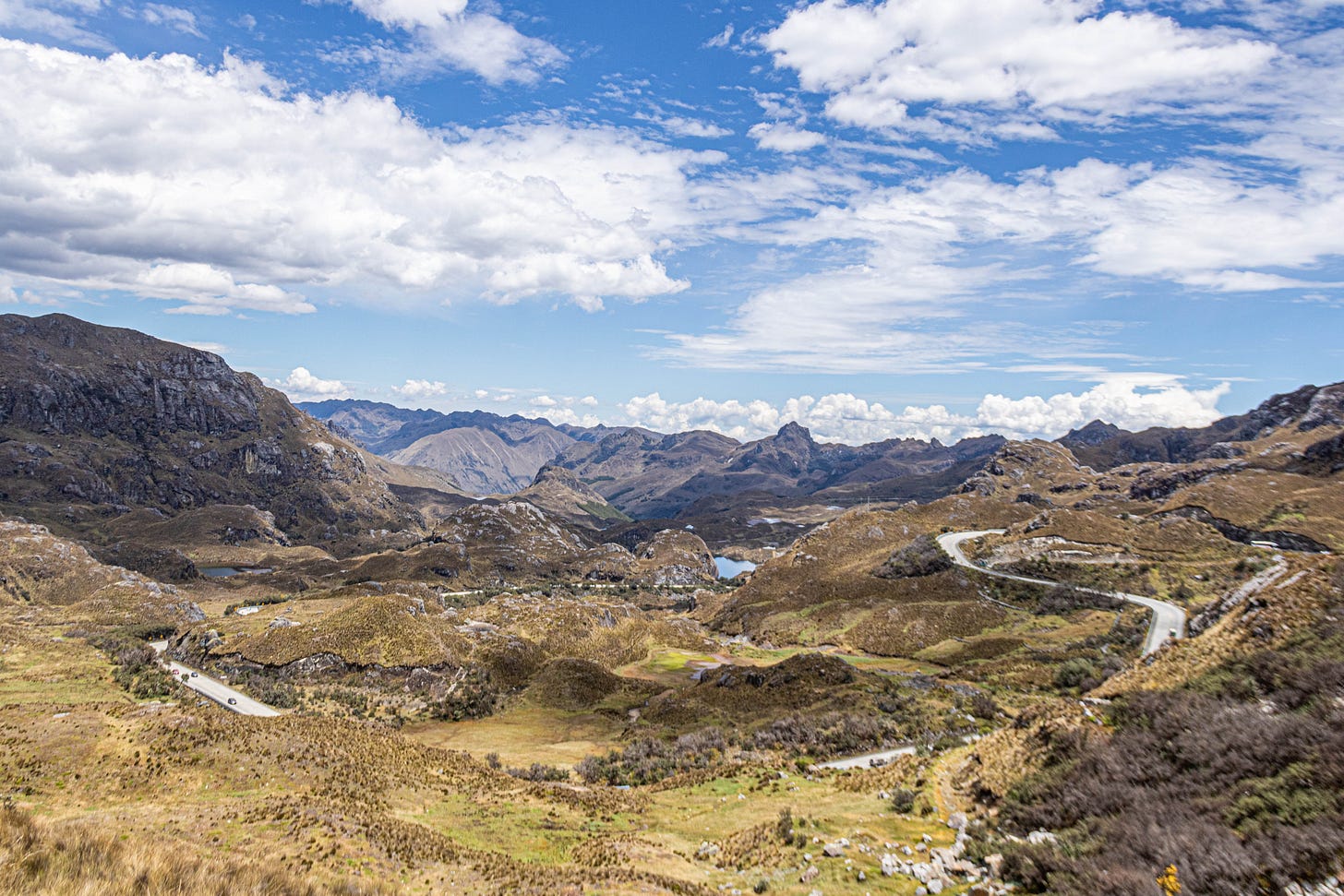

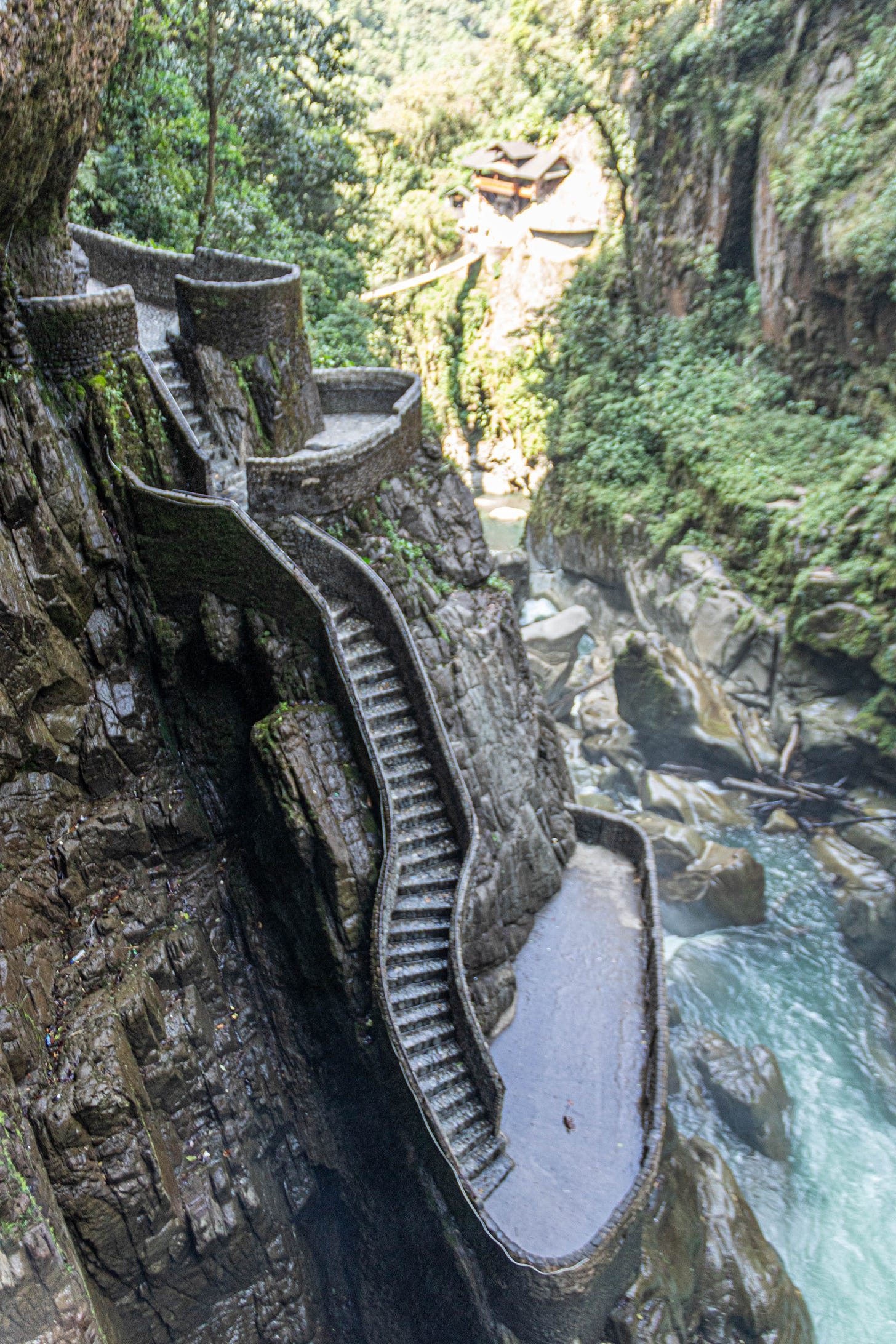
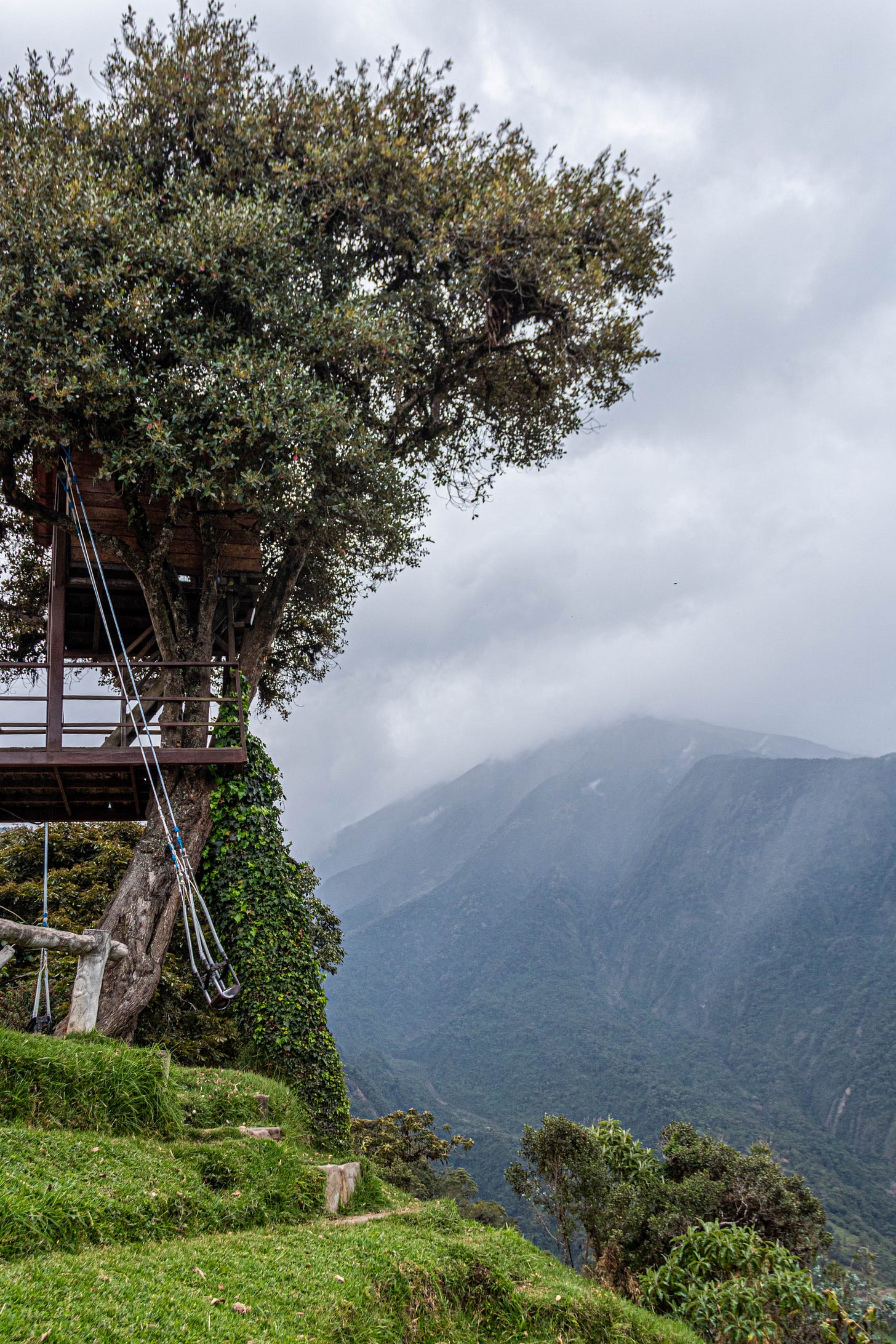


An excellent summation Flavio! I’ve been to a number of spots in Ecuador: Quito, the Amazon Basin, the coast, and the Galapagos, and you are right, it is so diverse! The people of course are the key, so wonderful. One of the most amazing places I’ve visited is Oswaldo Guayasamín‘s
Home and Museum.
Really nice piece. I especially liked your documentary images